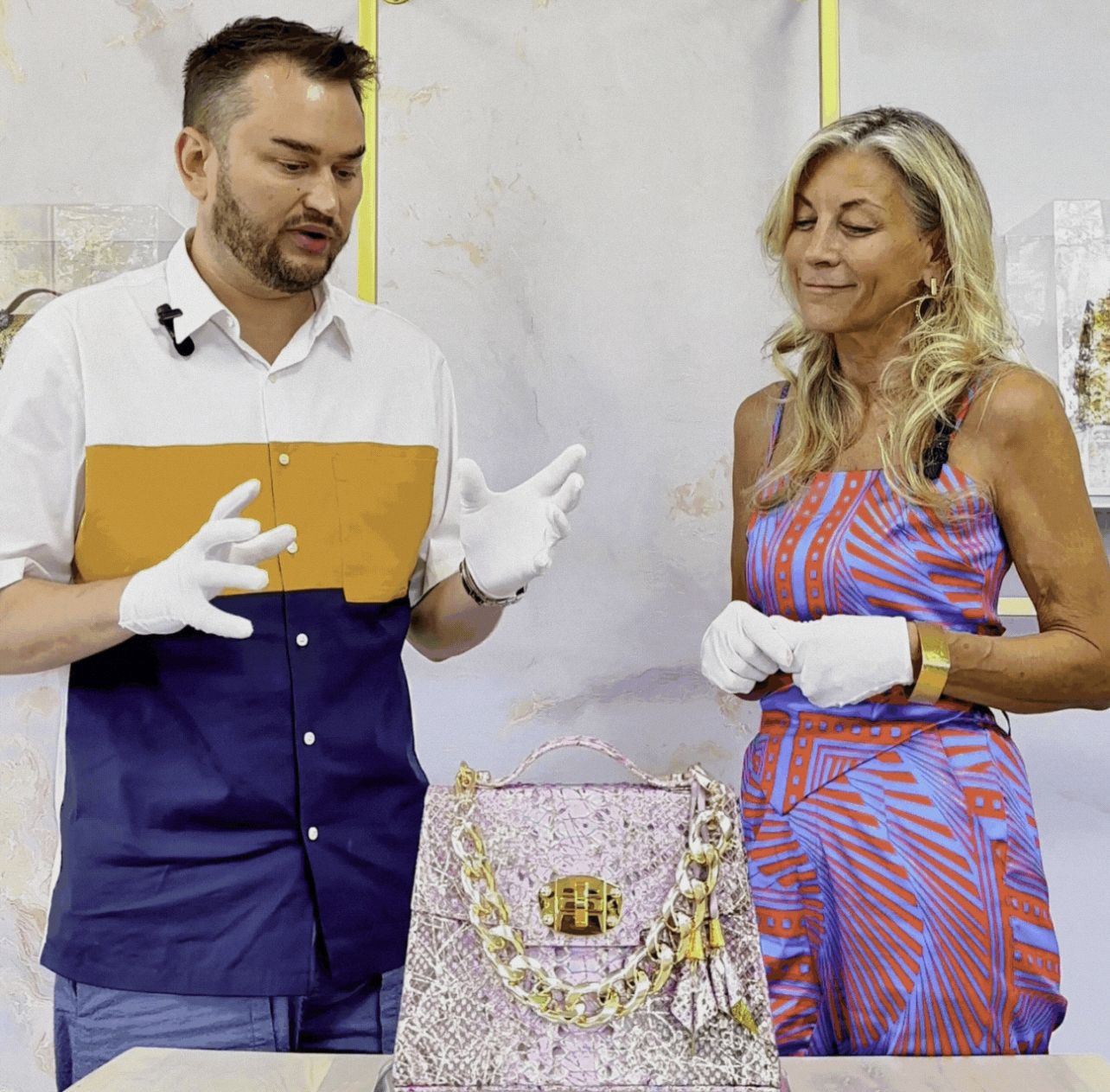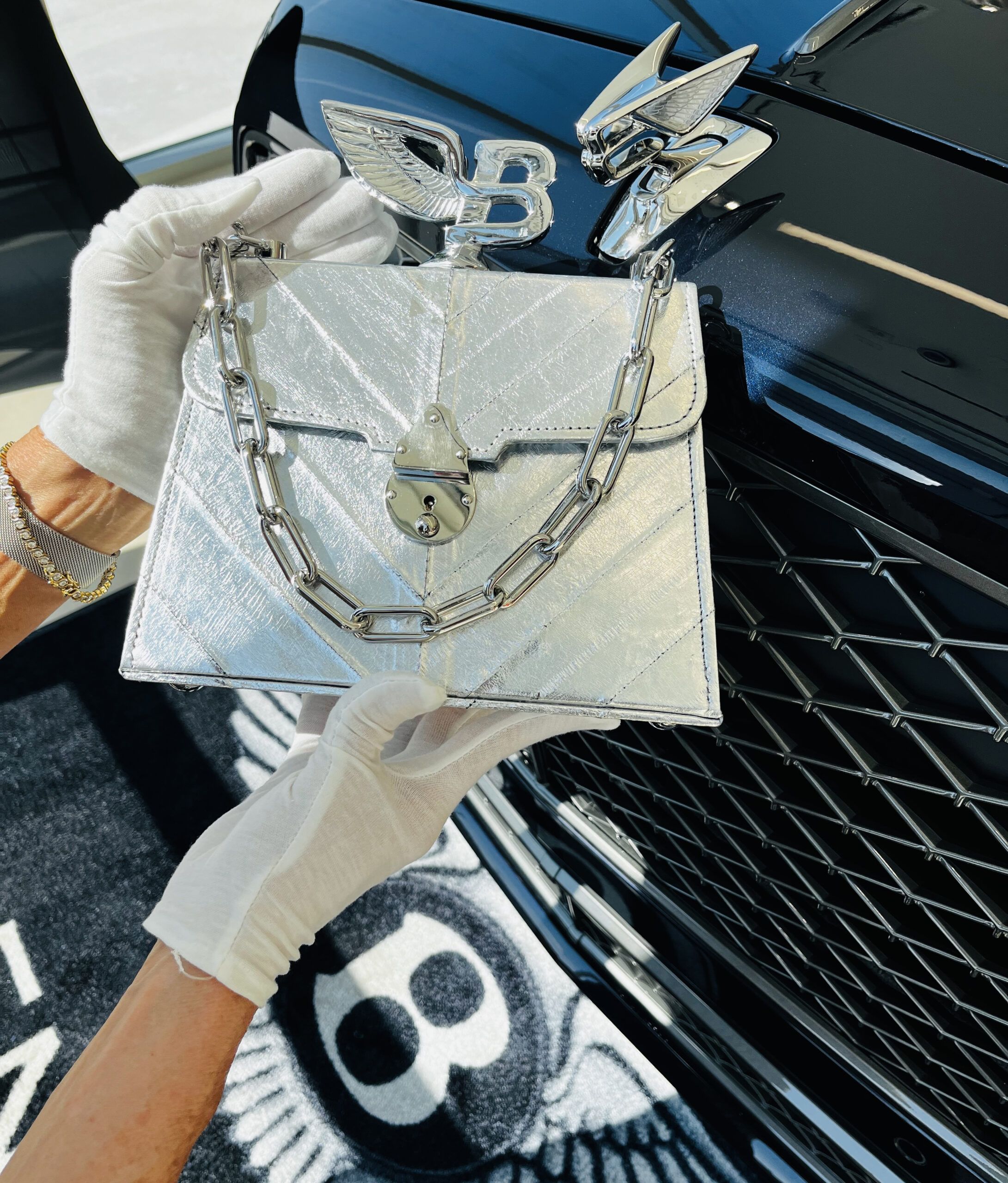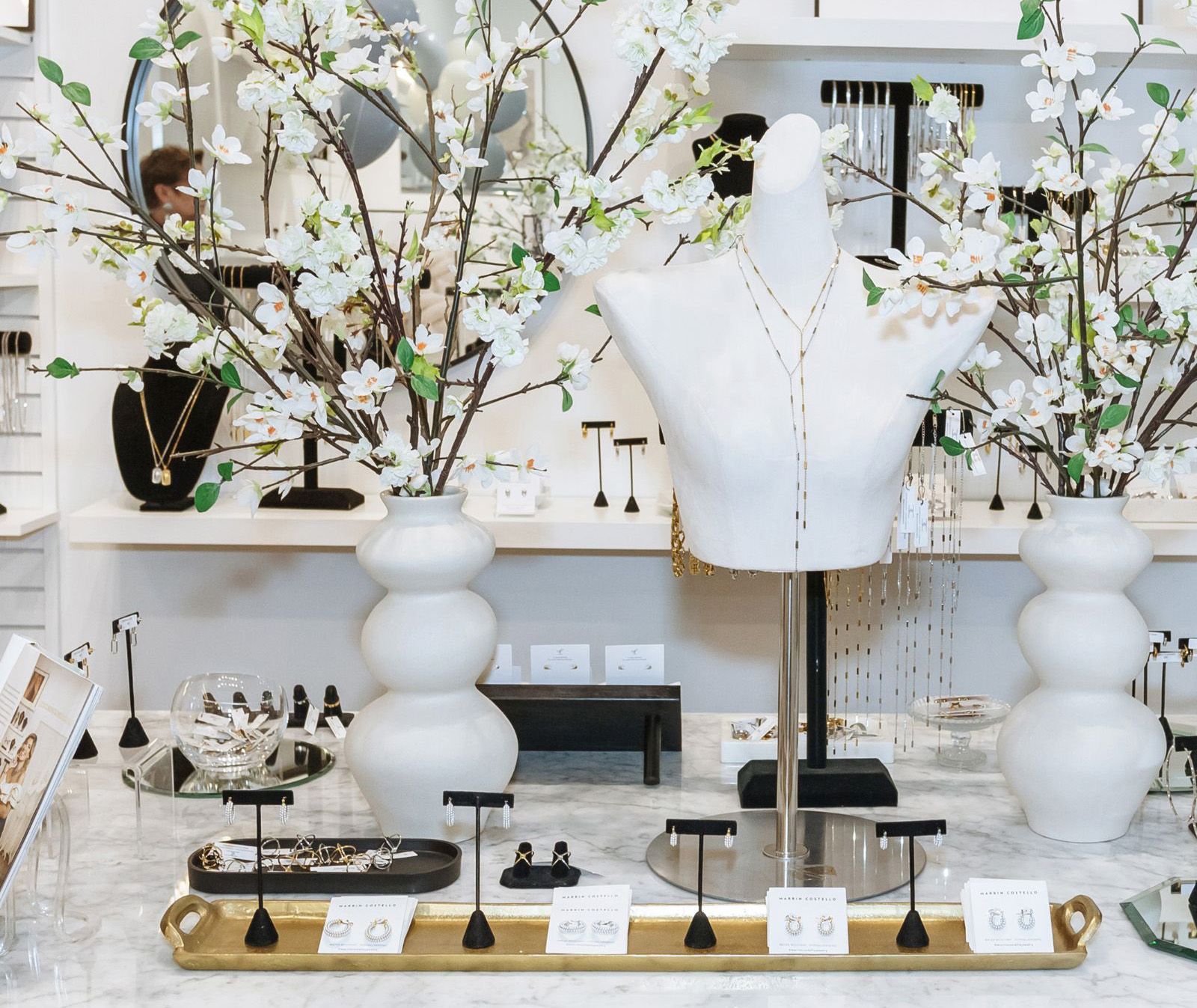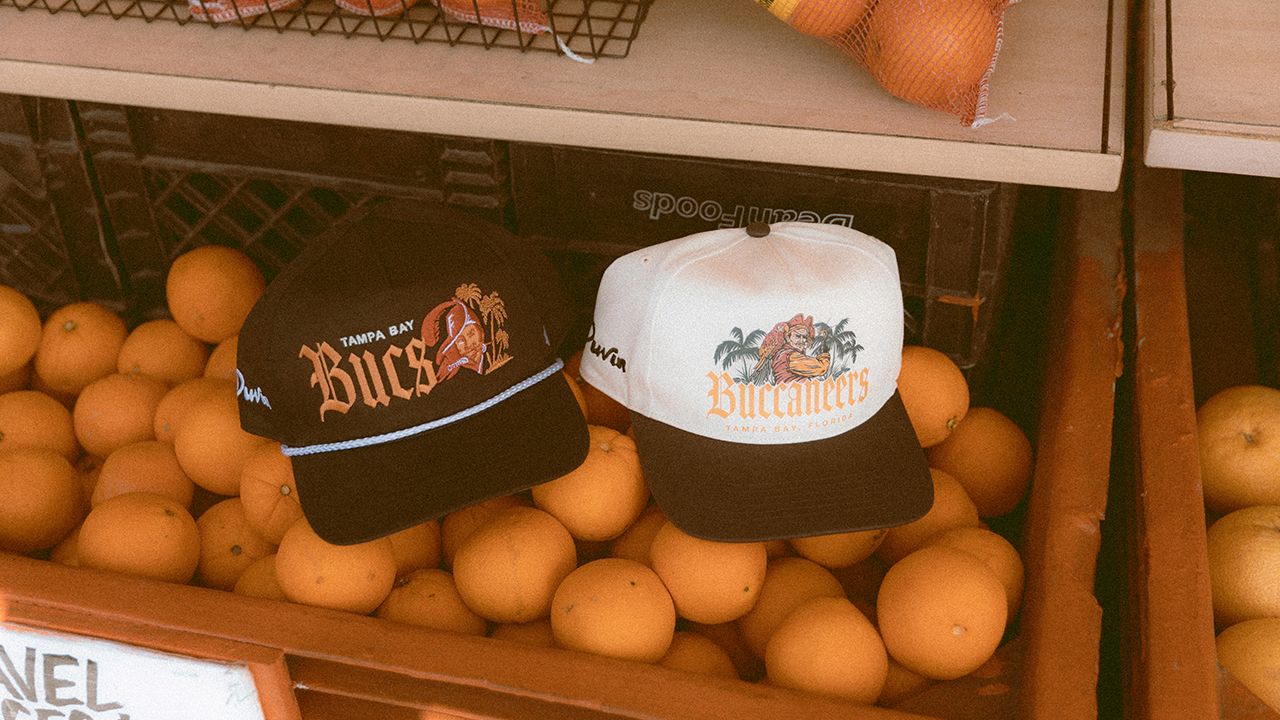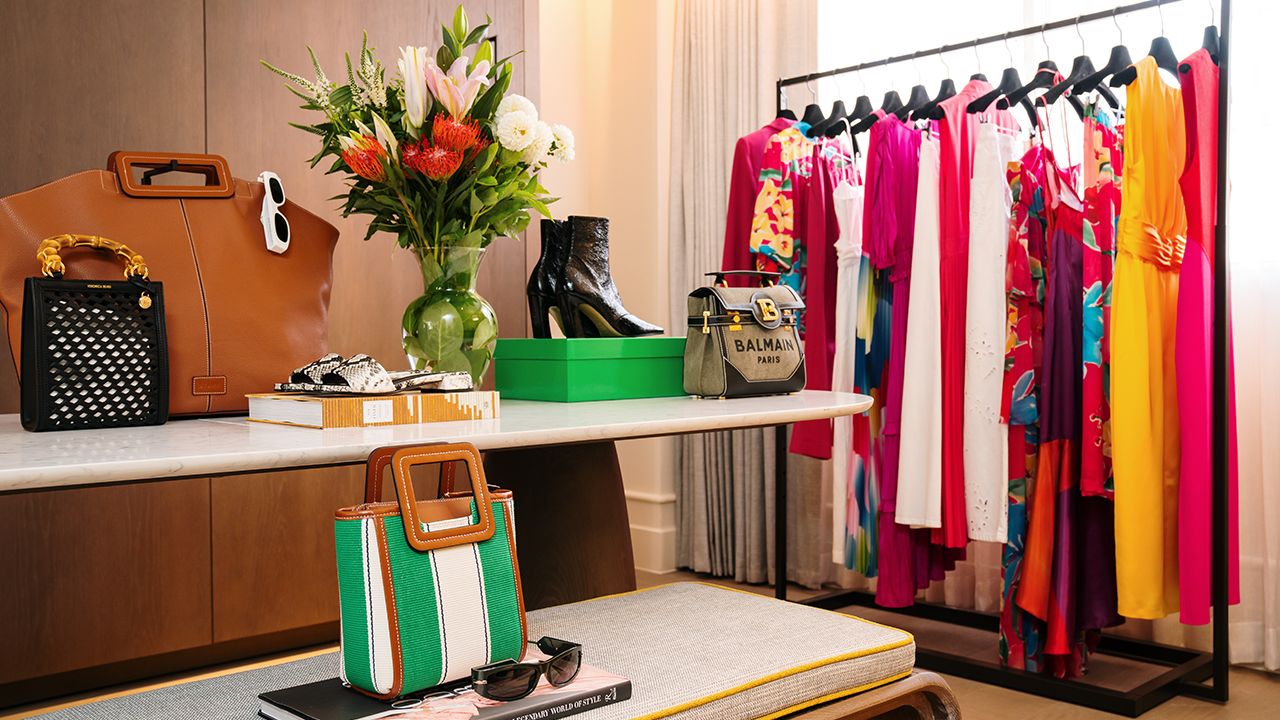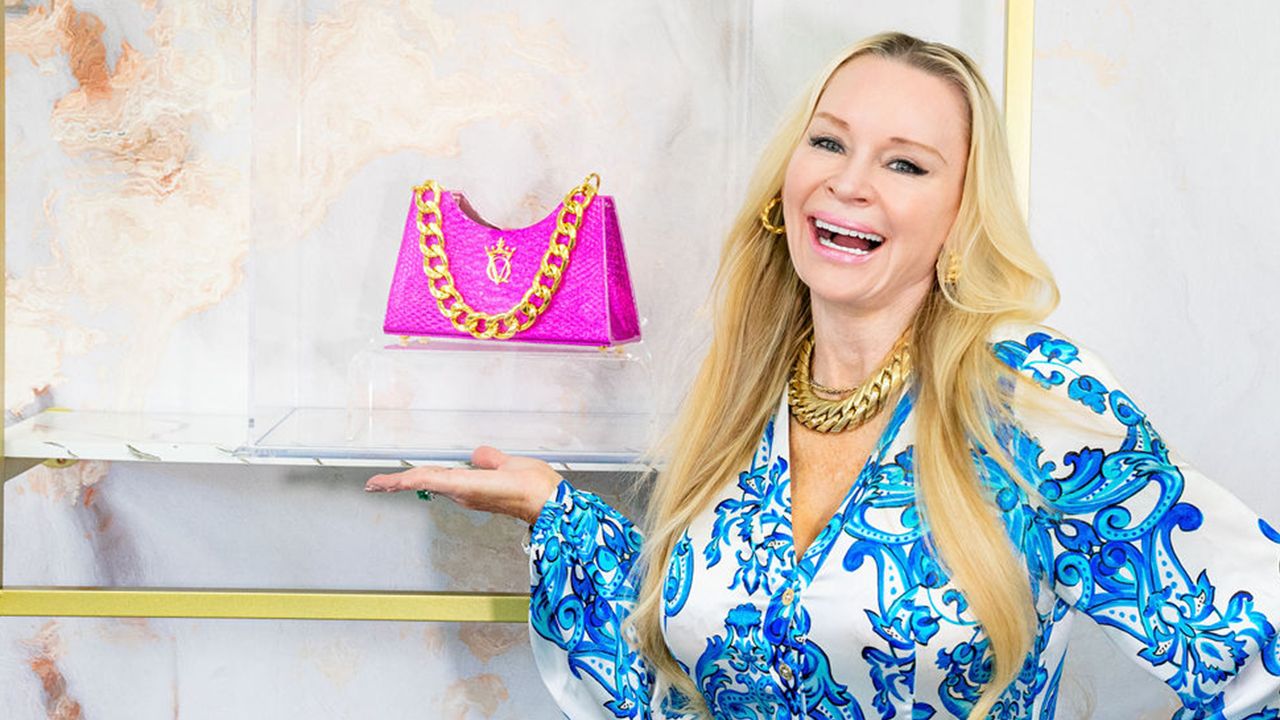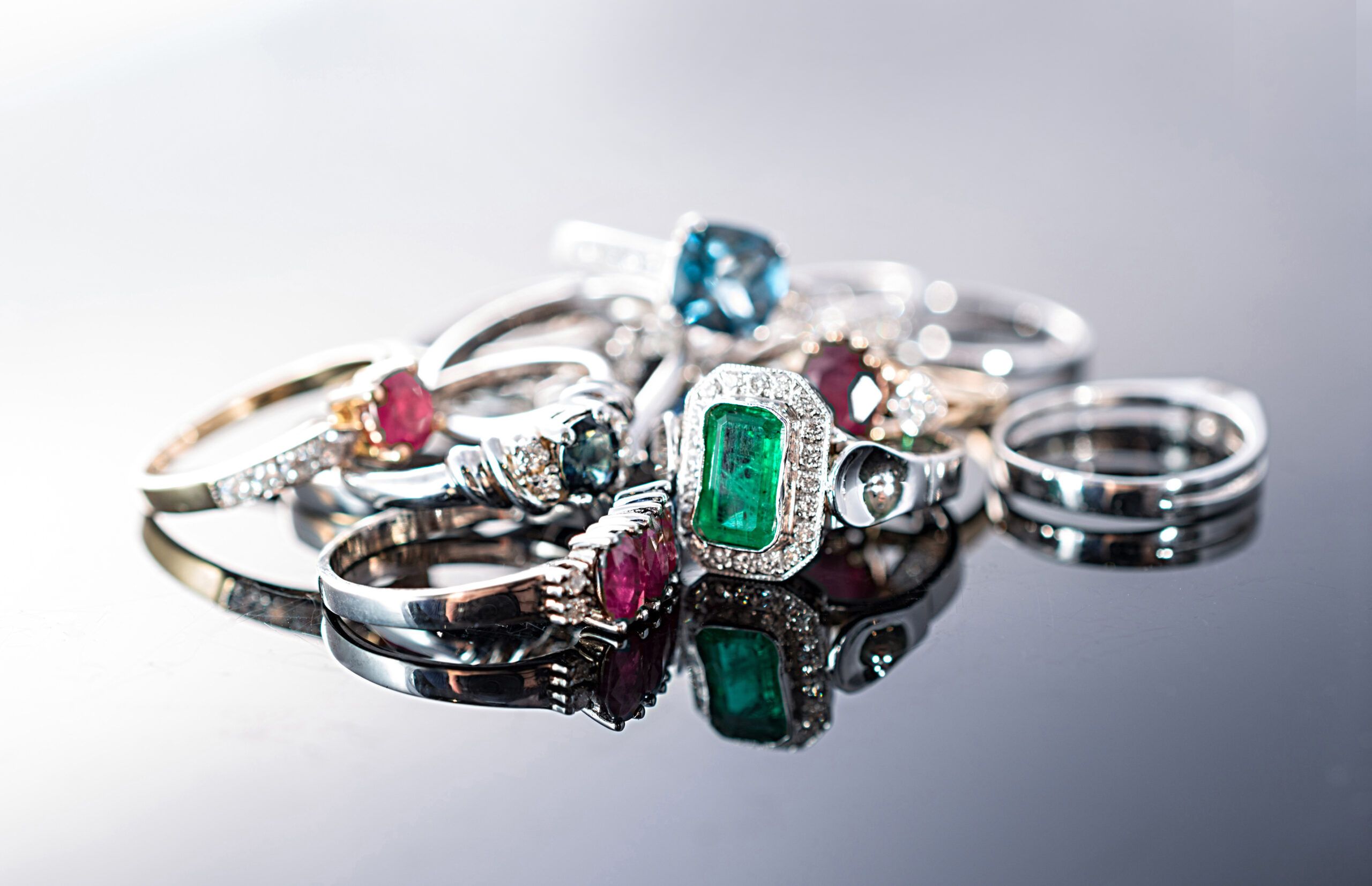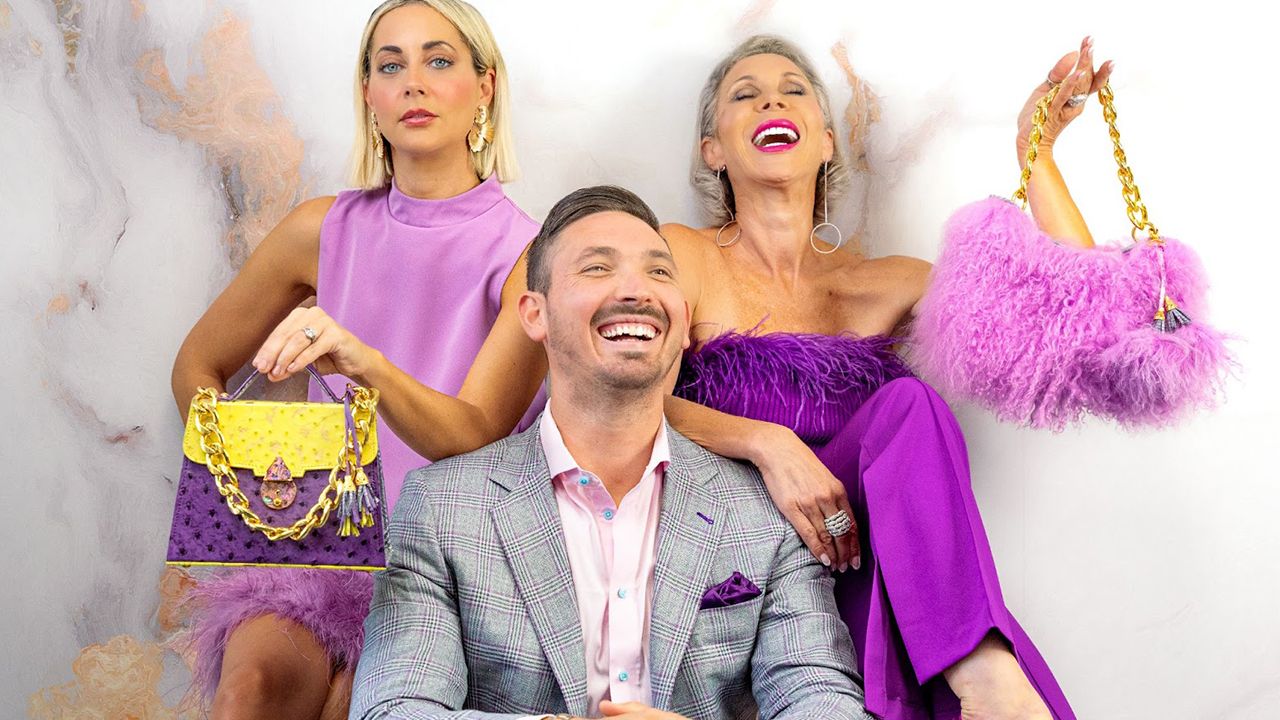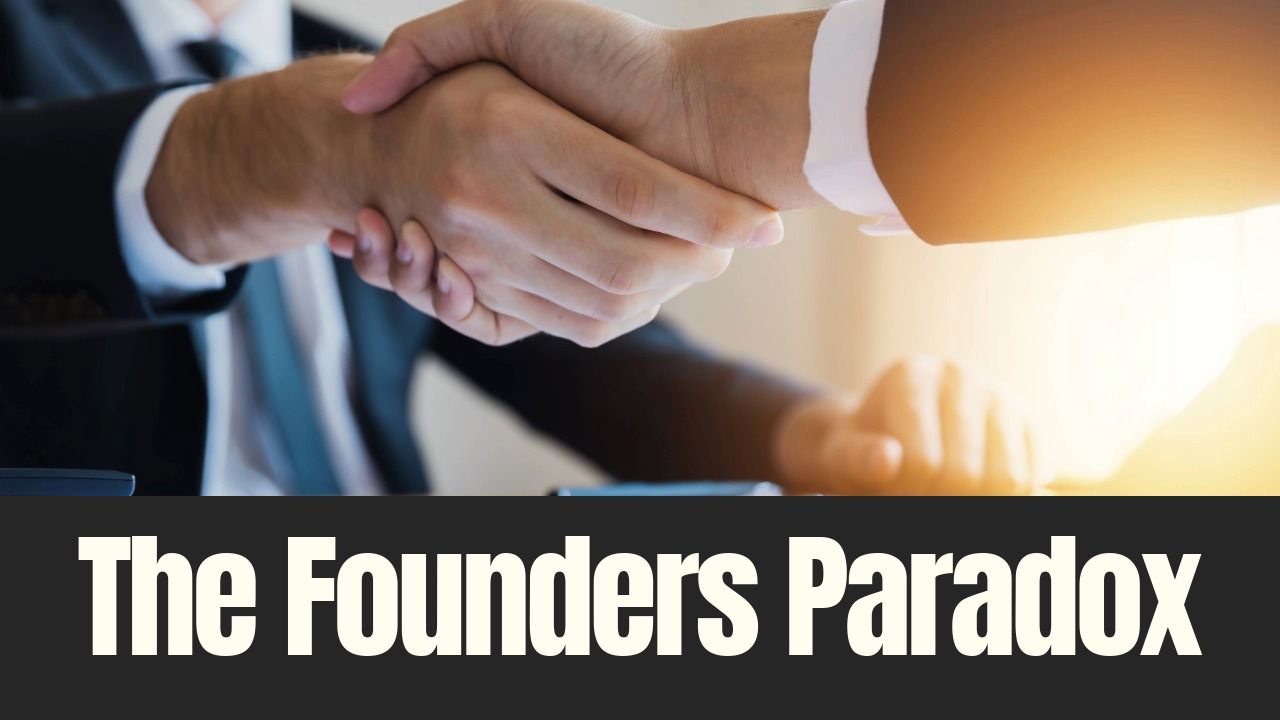Contributed by Graham Wetzbarger
I recently found myself in Sarasota, on a quest to learn more about a young handbag brand called BSWANKY. I had met designer Gretchen Bauer a couple of months prior over a couple of Aperol spritz. She was carrying one of her kaleidoscopic handbag creations and espousing her excitement over how successfully these handbags are selling. Handcrafted in Florida, from exotic skins and genuine gold hardware, costing nearly $6,000 each, the handbags are unique pieces of art.
As a luxury veteran, I’ve been witnessing a trend among high-net-worth individuals. About 97% of these individuals indicate they will buy at least one designer bag this year, growing the market to $100 billion by 2027. The average price of a handbag has increased 26%, since 2019. Since 2020, the Frank Knight Luxury Investment Index has ranked handbags as one of the fastest-growing asset categories. Forbes, Bloomberg, CNBC and Credit Suisse are all echoing this sentiment. So here I am, in sunny Sarasota, speaking with wealth managers, investors and collectors, all excited to grow and protect their investment.
Resale
With the handbag market, the more demand there is for an item the more value it retains. In the past 15 years, a foundation for brokerage and trading was established allowing the monetization of this commodity. The luxury resale market is, roughly, $50 billion and is set to grow by 50% over the next three years. The compound annual growth rate for handbags is estimated to be 10-12%, through 2028. If it sounds like we’re discussing the stock market, we basically are. Handbags are the newest and fastest, growing asset category in the luxury space, growing faster than jewelry, coins and art.
That being said, not all handbag brands are created equal. You can go online and find many brands offering $10,000 handbags, but I guarantee less than 10% of those would be a smart financial investment. Like on Wall Street, if you don’t know what you’re buying, you’re best not buying anything at all. So, how do we find the unicorns? Without diving into the alchemy of collectability, heritage brands that don’t offer discounts but regularly raise their prices, are the best performers. Within those brands, the iconic silhouettes and styles are highly coveted, especially in rare colors, sizes or fabrications. Limited-edition bags can be a good bet too, but where we used to see one or two LEs a year, now brands are giving us “exclusive” products every month, making it not so exclusive. It’s important to do your research if your intent is a strong rate of return. Read industry publications, follow brands earning statements and speak with sales associates and store managers to gain some insight into corporate strategy, allocation and predictions.
Authentication
When purchasing in the primary market keep your receipts, any tags and other collateral that came with the item. I use zip-top bags and keep them in empty handbag boxes which I try to fit inside each other like matryoshka dolls. When shopping on the secondary market, it is important to know the company’s authentication practices and guarantees. If you’re ever less than 100% certain have a third party authenticate the item right after purchase. Even the best-intending resale companies make mistakes. It’s always much easier to remedy a dispute when addressed promptly. This small investment provides peace of mind, especially when purchasing an investment.
Appraisal
There are two types of appraisals, the first being fair market value. This is basically what the item can be sold for in its current condition. The second is retail replacement value or what you would have to pay to replace the item with a current model today if you walked into a boutique. For insurance purposes, it is the latter we use. Designers regularly increase their prices to keep up with inflation, supply chain and brand positioning. This means that what you paid for an item five years ago could be as much as 50% less than it would cost to replace it with a new item. Updating your appraisals every five years will keep their value in line with the market.
Insurance
Most homeowner’s and renter’s insurance policies do not cover clothing and handbags. They are most often considered “wearables” which assumes they have no residual value and will end up in a landfill. Inversely, providers could categorize your handbags as “collectibles” which I would agree they are, but requires a separate policy, like, for example, a stamp collection. It’s easy to add a personal property rider (which covers your clothing, bags and other accessories) for as little as $250 per year. Don’t have a huge collection? There are smaller firms such as Appreciate.it and Wax Luxury Insurance that will sell coverage at an item level.
Care and Storage
When your handbags are not being used, store them flat in a protective fabric bag. Avoid using the original boxes or plastic bins. These can restrict airflow which can cause issues. Help to maintain the shape of structured bags by stuffing them with acid-free tissue paper or old, clean linens. If you want to display handbags, try to rotate them seasonally. Do not store any valuable item in direct sunlight. This can cause fading, discoloration and off-gassing. Be particularly careful with white and patent-leather bags as they can leach color when they touch other items.
Repair
Leather, being a natural material like our skin, can collect dirt, will lose moisture and may eventually crack. Twice a year try to wipe down each bag with a water wipe or a leather cleaner on a soft cloth. Do not use alcohol or antibacterial wipes. Pay attention to the bottom, corners and handles. If the interior lining is fabric, you can use a Tide pen or diluted detergent and water on a brush. Conditioning leather bags may need to be done more often depending on how often they are used, how they are handled and the local climate. Choose a conditioner formulated for handbags or clothing, not shoes, and certainly not car interiors. In a pinch, facial moisturizer can work.
Luxury goods often require more attention and are susceptible to damage. If your bag suffers a bad scratch, tear, broken hardware or lost element, I recommend contacting the brand directly at one of their boutiques or its concession in a department store. They have experience with the product and will know of any faulty quality-control issues that could result in a replacement item being offered. They should also refer you to their preferred restoration service. While I recommend Leather Spa and Leather Surgeons for many brands, Hermès should only be repaired by Hermès. Like Rolex, if certain designer brands see evidence of third-party interference, they no longer consider the item original and genuine.
My biggest piece of advice is to respect your handbags as the pieces of art they are. They are way sexier than a stock certificate, so enjoy their beauty and iconography. Carry them, let them sparkle and, most importantly, let them bring you joy. ♦

